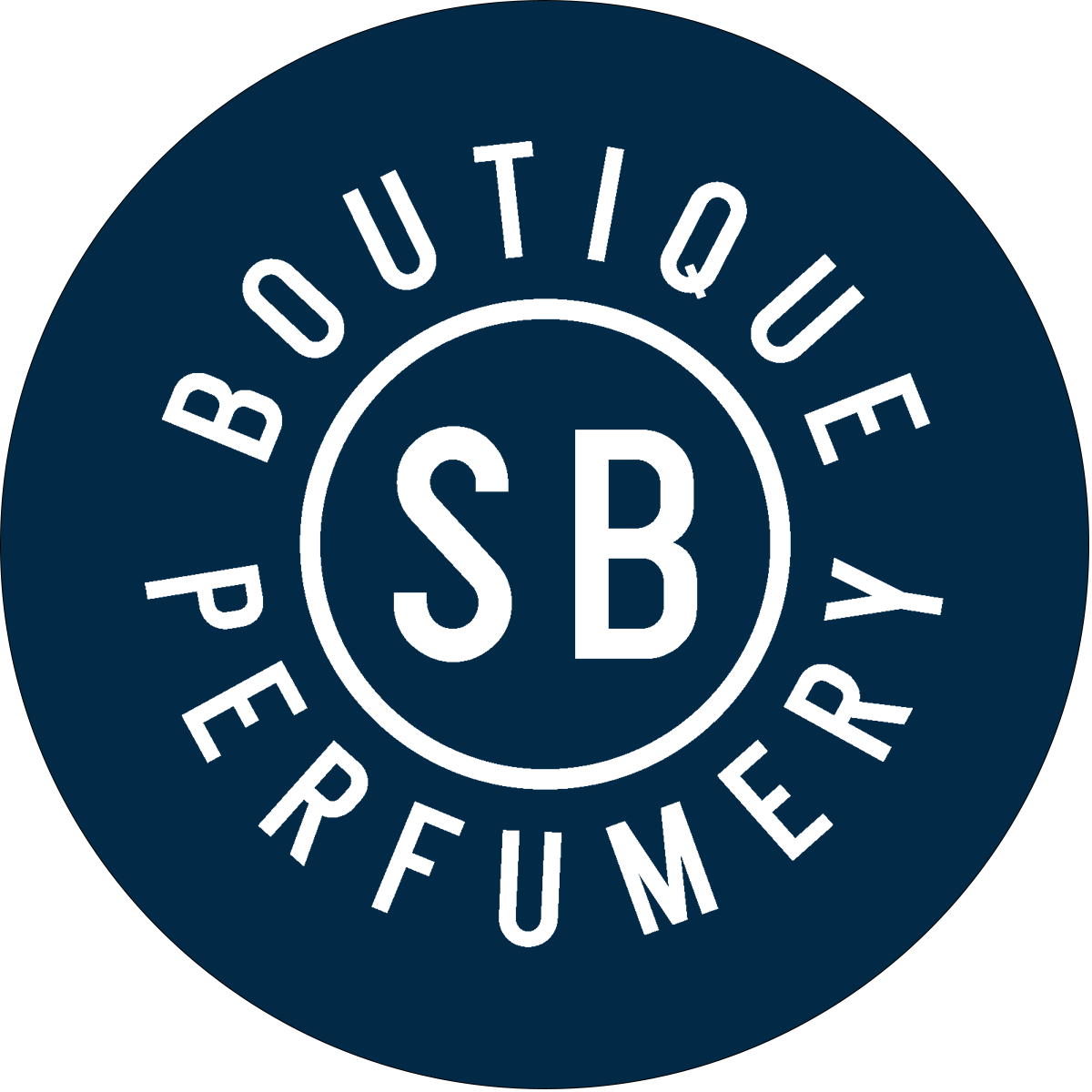We love simplicity at Shay & Blue. Usually perfumes are made with 80+ ingredients - our fragrances are made with less than fifteen. We take care over every ingredient, making sure it is the best quality and made sustainably.
We use naturals and synthetics. Each of our fragrances contains naturals, but using botanicals exclusively is not always possible when making sure our products are free from the bad stuff and kind to the planet. In some instances, such as sandalwood - using botanicals would mean harming the environment (natural sandalwood is vulnerable). In those instances, we use lab-created synthetics that are safe for skin, many of which are considered natural identicals, because they’re the same as what’s found in nature. It’s the responsible thing to do.
We also use natural and synthetic ingredients to imitate the smell of non-vegan products. For example, two of our very popular fragrance notes are musk and leather. Both of which are not naturally a vegan product.
Leather
To make the scent of leather we use naturally derived ingredients including Benzyl Cinnamate, Eugenol and Coumarin. By using ingredients such as these we are able to replicate the scent of leather while not using animal products. The different amounts of each ingredient used combined with the other fragrances in the product will replicate the smell of leather.

Benzyl Cinnamate
Occurring naturally in various types of balsams from Peru balsam, Copaiba balsam and tolu balsam Benzyl Cinnamate is a mild aromatic scent with lots of layers. It is typically produced synthetically.
Eugenol
The main element in clove essential oil Eugenol adds a spicy clove-like scent to fragrance. It is also usually produced synthetically nowadays but it can be found in plants including allspice, bay, cinnamon leaf, patchouli and pimento.
Coumarin
Coumarin has been widely used to flavour pipe-tobacco and cigarettes. It’s sweet odur is now frequently associated with tobacco scents and so helps to give that leathery scent in fragrance. Depending on the quantity used it can be herbal like hay or sweet and warm like caramelized almonds. Interestingly tobacco does not contain any significant amount of coumarin. They simply smell very similar and so it is used in perfumery.
Musk
Natural musk is found in animals, in particular the male musk deer or from a cat with musk civet. They secrete an unpleasant strong-smelling brown substance from a gland, that once collected and dried into a powder it’s soaked in ethanol (for months or years) which brings about an aroma that is a lot more pleasant! This musk carries a light, powdery, wooly, slightly sweaty scent and is one of the most expensive raw materials in the world.
Thankfully we’ve all become a lot more conscious of animal products in cosmetics, so nowadays, and for a long time now, the use of natural musk or anything animal based is strictly prohibited meaning most perfumes today are in fact vegan.
Not wanting to lose this beautiful scent, synthetic versions have been created using the molecule responsible for musks smell such as Muscone and other synthetic musks.
For our musk fragrances at Shay and Blue one of the ingredients we use is a natural-identical synthetic called Isoeugenol. It is a spicy, woody, clove scent that changes depending on the ingredients it is mixed with. When combined with florals it will sweeten them and take on a deeper scent which is why it works well as a ‘musk’. Isoeugenol is an ingredient that is naturally found in the essential oils of nutmeg and ylang-ylang, however it can also be synthesised from eugenol.

Photo by Jocelyn Morales on Unsplash
There are dozens of other ‘musks’ but here are 4 of the most common ‘white’ synthetic musks used in fragrances. Musks can be difficult to differentiate for an untrained nose because they will all have a very subtle and clean scent by nature.
Galaxolide
A syrup like liquid due to the fact it is mostly found diluted in a solvent. Galaxolide is slightly sweet and floral with a powdery, fresh, clean scent similar to opening a warm tumble dryer or hanging out clean bed sheets.
Habanolide
Similar to Galaxolide but with added elegance, stronger and slightly “woodier” and a metalic undertone that replicates the smell of a hot iron running over a freshly cleaned t-shirt.
Ambrettolide
More soapy in its aroma with fruity undertones, a smell that finely replicates ambrette seed oil (from the musk mallow plant!)
Ethylene Brassylate
Slightly sweeter with hints of vanilla, woods and spices! Great for intensifying other sweet and floral ingredients.
Like this article? Sign up to our newsletter to get more delivered straight to your inbox
_____________
References:
https://perfumesociety.org/ingredients-post/eugenol/
https://www.perfumersworld.com/view.php?pro_id=2SQ00056
https://perfumesociety.org/ingredients-post/isoeugenol/
https://experimentalperfumeclub.com/what-is-musk-in-perfume/
 Welcome to...
Welcome to... Austria
Austria
 Belgium
Belgium



Share:
Couples Who Share Scent - Calum and Becca
Why You Should Give Up Makeup Wipes For Good